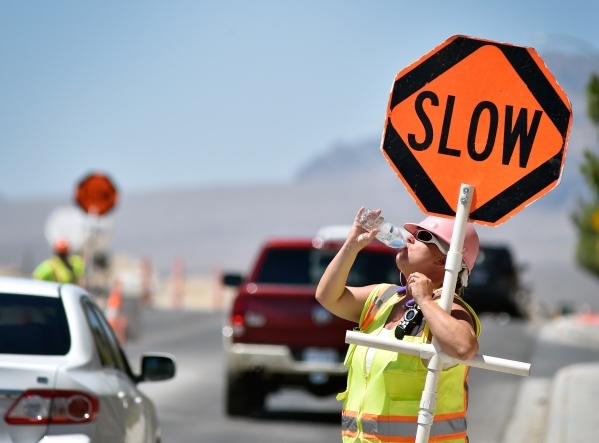If you live in Las Vegas, chances are you’re going to burn because Nevada boasts the highest cremation rate in the U.S., with more than three-quarters of all deaths last year ending in ashes.
Special Features
Clark County has a history of disparities in infant mortality rates among ethnic groups, in particular with African-American babies.
From hospital invoices that run in the six figures to guilt that can last a lifetime, the final bill is in every way the costliest of all.
Public attitudes about the right to die have evolved in the decades since the issue was thrust into society’s conscience by Jack Kevorkian, a Michigan doctor who claimed to have helped about 130 people die in the 1990s.
Deaths of children left inside vehicles when temperatures climb grip the public’s attention, but in fact more adults than children die from Las Vegas Valley’s heat.
Clark County has mirrored the decline of the nation’s homicide rate in the past decade, with a rate only slightly above the national average.
Last year in Clark County, drugs and alcohol factored into over half of all fatal traffic crashes.
Prescription drug abuse has changed how we die, as well as the questions that must be asked when someone dies without apparent trauma.
Procrastination and nail-biting won’t kill you but smoking, excessive drinking and overeating absolutely can.
Of the 40 million annual visitors to Las Vegas about 1,100 of them don’t make it home alive. But when what happens here means dying, the grins fade to black.
Las Vegans put their loved ones to rest in unique ways, such as shooting their ashes into outer space or making keepsakes from their remains.
Health care professionals work to help people live healthier, not just longer. Exercise and nutrition, two cornerstones of health and longevity, are dividends for Lake and Henry, not the goal.
There’s no place like the kitchen table to come face-to-face with your own mortality.
People in Clark County and nationwide are living longer — and often healthier — while battling once fatal chronic diseases.
A few years Linda Flatt’s son died, and she started a support group for fellow “survivors” of suicide only to learn survivors are at heightened risk to kill themselves.

















